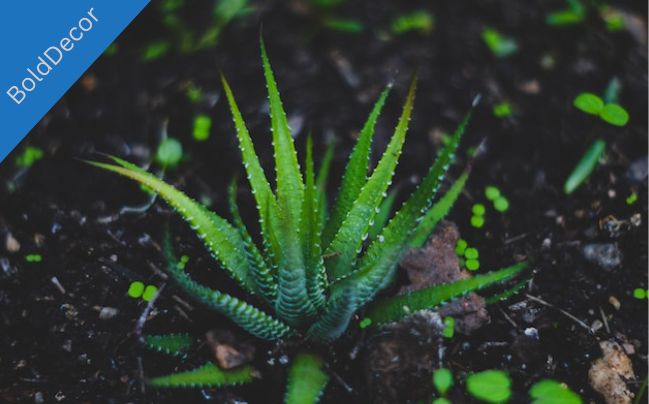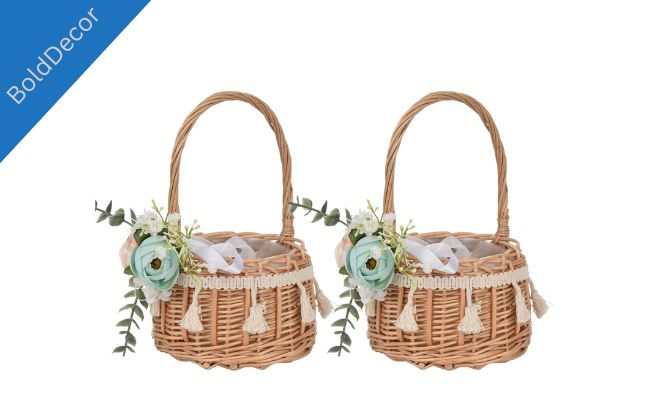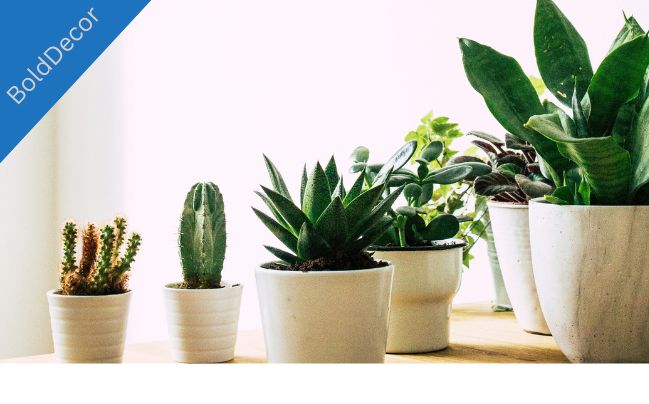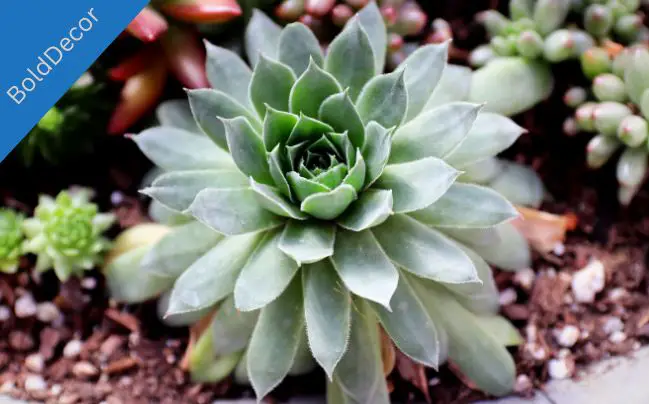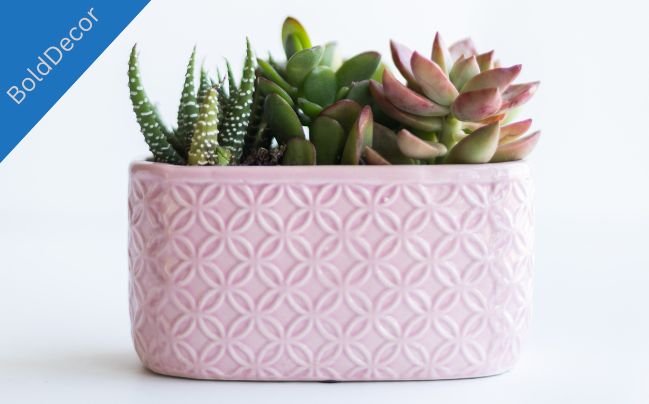If you have a dying aloe vera plant, don’t give up hope just yet. With the right care and attention, you can revive your plant and bring it back to life. Aloe vera plants are hardy and adaptable, but they can still suffer from environmental stress, overwatering, and other issues that can harm their health.
In this section, we will provide you with tips and techniques to revive your aloe vera plant and restore its vitality. By identifying the signs of a dying plant, evaluating its environmental conditions, and using proper care methods, you can help your aloe vera thrive once again.
Key Takeaways:
- Reviving a dying aloe vera plant is possible with proper care and attention.
- Identification of the signs of distress is crucial before attempting to revive the aloe vera plant.
- Evaluating the plant’s environmental conditions can provide essential insight into the health of your aloe vera plant.
- Correcting light and temperature imbalances, rescuing your plant from overwatering, treating root rot, and providing nutrient support and fertilization can support the revival of the plant.
- Patience and continued care are key to ensure the long-term recovery of your aloe vera plant.
Table of Contents
Understanding the Signs of a Dying Aloe Vera Plant
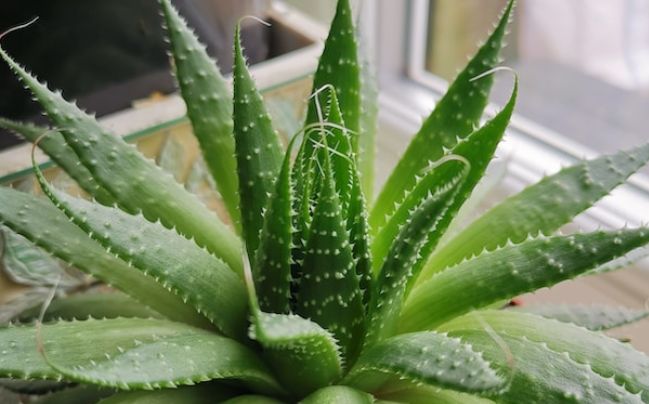
If you notice that your aloe vera plant is looking sickly or wilted, it’s important to act quickly to save it. Understanding the signs of a dying aloe vera plant can help you provide the necessary care to revive it.
Wilting Leaves
One common sign of a dying aloe vera plant is wilting or drooping leaves. This can be a result of poor environmental conditions, such as overwatering or lack of sunlight.
Brown Spots
If you see brown spots on the leaves of your aloe vera plant, it may be a sign of sunburn or fungal infections. Brown spots can also be caused by overwatering, which leads to root rot and affects the plant’s ability to absorb nutrients.
Root Rot
Root rot is a serious condition that affects the roots of your aloe vera plant. The first sign of root rot is that the leaves start turning yellow and soft. Over time, the roots will turn brown and mushy, and the plant will begin to wilt.
Pests
Insects and pests can also affect the health of your aloe vera plant. Spider mites, mealybugs, and scale insects are common pests that can cause wilting, discoloration, and yellow leaves.
“Recognizing the signs of a dying aloe vera plant is the first step to reviving it.”
By paying attention to the health of your plant and identifying the signs of distress early on, you can take measures to save your aloe vera plant from irreversible damage.
Assessing the Plant’s Environmental Conditions
Before taking steps to revive your aloe vera plant, it is essential to assess the plant’s current environmental conditions. This will help you determine if any changes need to be made to its surroundings to restore its health. Here are the key factors to consider:
- Light Exposure: Aloe vera plants require bright but indirect light. If the plant is not receiving enough light, its leaves may become stretched out, thin, and pale. If it is receiving too much light, the leaves may develop brown spots or scorch marks.
- Temperature: Aloe vera plants prefer warm temperatures between 60 to 75 °F (15 to 24 °C). Cold temperatures can damage the plant, while hot temperatures can cause dehydration and wilting.
- Humidity: Aloe vera plants are tolerant of low humidity levels but will benefit from occasional misting or placing a tray of water near the plant to increase humidity.
- Soil Condition: Aloe vera plants require well-draining soil that is slightly acidic with a pH between 6.0 and 7.0. Soil that is too wet or too dry can lead to root problems and affect the plant’s health.
Once you have assessed the plant’s environmental conditions, you can make any necessary adjustments and monitor its response. Keeping a consistent and suitable environment will help restore your aloe vera plant’s health and ensure its continued growth and vitality.
Correcting Light and Temperature Imbalances
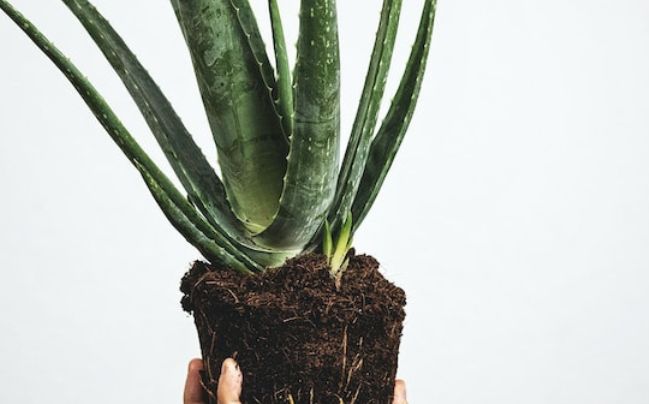
Aloe vera plants are native to hot and arid regions, and they thrive in warm temperatures and bright, indirect light. However, too much direct sunlight or heat can also harm the plant, causing sunburn, dehydration, and deteriorating health. On the other hand, insufficient light or low temperatures can cause the leaves to turn yellow or brown, or even fall off.
If you notice your aloe vera plant struggling due to light or temperature imbalances, here are some tips to correct them:
Light Exposure
- Find the right spot: Place your plant in a bright location with indirect sunlight, such as a windowsill facing east or west. Avoid exposing it to direct sunlight for more than a few hours a day, especially during peak hours.
- Rotate the plant: If your plant leans toward the light or grows unevenly, rotate it by a quarter turn every week to ensure even exposure.
- Use artificial light: In areas with limited natural light, you can use fluorescent or LED grow lights to supplement the plant’s needs. Place the lights 6-12 inches above the plant and use a timer to simulate day and night cycles.
Temperature Control
- Avoid extreme temperatures: Keep your aloe vera plant in a room with a temperature range of 60-80°F (15-27°C). Avoid exposing it to temperatures below 50°F (10°C) or above 90°F (32°C).
- Provide adequate air circulation: Aloe vera plants prefer airy environments, so ensure proper ventilation and avoid placing them in stuffy or damp areas.
- Protect from cold drafts: Cold drafts, such as those from air conditioning units or open windows, can harm your plant. Keep it away from these sources or cover it with a cloth or blanket when necessary.
By adjusting the light and temperature conditions, you can significantly improve the health of your aloe vera plant. However, remember to monitor the plant’s response and make gradual changes to avoid shocking it. In the next section, we will explore how to rescue your aloe vera plant from overwatering.
Rescuing Your Aloe Vera Plant from Overwatering
If you notice your aloe vera plant’s leaves turning brown and mushy, or if the soil feels soggy to the touch, your plant may be suffering from overwatering. This common mistake can lead to root rot and cause irreversible damage to your plant.
To revive a dying aloe vera plant, you must address the issue of overwatering. First, you should:
- Stop watering the plant immediately. Let the soil dry out completely before watering it again.
- Ensure that your pot has proper drainage to prevent excess water from accumulating at the bottom.
If your aloe vera plant is already showing signs of root rot, you can try the following steps to save it:
| Step | Instructions |
|---|---|
| Step 1 | Carefully remove the plant from the soil. |
| Step 2 | Trim off any black or mushy roots with a clean, sharp knife. |
| Step 3 | Dust the remaining roots with powdered cinnamon or sulfur to prevent fungal growth. |
| Step 4 | Plant the aloe vera in fresh, well-draining soil. |
| Step 5 | Water the plant sparingly and allow the soil to dry out between waterings. |
By following these steps, you can help your aloe vera plant recover from overwatering and root rot. Remember to always check the soil moisture level and adjust your watering routine accordingly to prevent future issues.
Reviving a sick aloe vera plant takes time and patience, but with the right care, you can restore your plant’s health and vitality.
Treating Root Rot and Improving Drainage
Root rot is a fungal disease that affects aloe vera plants that receive too much water and insufficient drainage. This condition develops when the aloe vera plant is left in standing water, and the soil becomes overly wet, creating an environment that promotes fungal growth.
To treat root rot, assess the extent of the damage by gently removing the plant from its pot and examining the roots. Healthy roots should be white or light brown and hold firmly to the soil, whereas damaged roots will appear brown and slimy and may break off easily.
To save your aloe vera plant, trim the damaged roots and repot it in a well-draining soil mix. Avoid using heavy gardening soil or clay pots, which retain moisture and worsen the problem. Instead, choose a porous potting mix that contains perlite, sand, or gravel, allowing water to seep through and air to circulate.
Ensure the pot has proper drainage holes and a layer of gravel at the bottom to enhance drainage and prevent water from accumulating at the bottom. Water your aloe vera plant only when the soil is dry to the touch at least 1-2 inches deep.
| Signs of Root Rot | Prevention and Treatment |
|---|---|
| Black or brown, slimy, and soft roots | Use well-draining soil. Repot the plant if necessary. |
| Yellowing leaves that fall off quickly | Reduce watering frequency. |
| Foul odor coming from the soil | Remove the plant from the soil. Cut off affected roots. Repot in fresh soil. |
By understanding and addressing the root causes of root rot, you can ensure the long-term health and survival of your aloe vera plant.
Providing Nutrient Support and Fertilization
Proper nutrients are essential for aloe vera plants to thrive. In order to revive a dying plant, it’s important to provide the right amount of fertilizer at the right time. Here are a few tips to help you care for your struggling plant:
- Choose the right fertilizer: Select a fertilizer with a balance of nitrogen, phosphorus, and potassium, such as a 10-40-10 mix. Avoid using fertilizers that are high in nitrogen, as this can lead to root burn and leaf discoloration.
- Fertilize sparingly: Aloe vera plants don’t require frequent fertilization, so apply it sparingly. Too much fertilizer can be harmful and lead to root damage.
- Apply fertilize at the right time: Apply fertilizer during the plant’s growing season, typically spring and summer. Avoid fertilizing in the winter months when the plant is in a dormant stage.
- Use organic alternatives: Consider using organic fertilizers, such as compost or worm castings, to provide nutrients to your aloe vera plant.
By following these simple tips, you’ll be providing your aloe vera plant with the necessary nutrients to revive and thrive.
Pruning and Propagation Techniques
If your aloe vera plant is struggling, pruning may be the solution. This technique involves removing unhealthy leaves and allowing new growth to emerge. Here’s how to get started:
When to Prune
Pruning should be done when a significant portion of your aloe vera plant is showing signs of decay. This can include brown leaves, mushy stems, or general wilting. Before you start pruning, ensure that the plant is healthy enough to grow new foliage.
How to Prune
Using a clean, sharp pair of scissors or pruning shears, remove the damaged leaves from the base of the plant. Cut as close to the stem as possible, being careful not to damage the healthy leaves. Avoid removing more than 1/3 of the plant at a time and take breaks between pruning sessions to allow the plant to recover.
Propagation Techniques
Once you have pruned your aloe vera plant, you can use the healthy portions to propagate new plants. Here are two propagation techniques to try:
- Leaf Cutting: Cut a healthy leaf from the base of the plant and let it dry for a day or two. Plant the leaf in a well-draining soil mix and water sparingly until new growth emerges.
- Pup Transplanting: Pups are small offshoots that grow from the main plant. Once they are at least 2 inches tall, you can remove them from the parent plant and transplant them into their own pots. Make sure they have well-draining soil and receive the right amount of light and water.
Pruning and propagation can be beneficial in reviving a sick aloe vera plant. With the right techniques and care, you can encourage new growth and ensure your plant’s long-term health.
Pest Prevention and Control
Aloe vera plants are vulnerable to pests, which can cause damage and weaken their health. Implementing preventive measures and using organic pest control methods can help restore your plant’s health.
Common Pests
Here are a few common pests that can affect aloe vera plants:
| Pest | Description |
|---|---|
| Mealybugs | Small, white insects that leave a sticky residue on the plant’s leaves |
| Spider mites | Tiny arachnids that form webs on the plant’s leaves |
| Scale insects | Small, oval-shaped insects that attach themselves to the plant’s leaves and stems |
Preventive Measures
The following preventive measures can help keep pests away from your aloe vera plant:
- Inspect your plant regularly for signs of pests
- Isolate new plants before adding them to your collection
- Keep your plant’s environment clean and free of debris
- Avoid over-fertilizing your plant, as this can attract pests
Organic Pest Control
If you do notice pests on your aloe vera plant, it’s important to address the issue promptly. Here are a few organic pest control methods to try:
“I find that a mixture of water and dish soap in a spray bottle is an effective way to control mealybugs and spider mites. Just spray the affected areas of the plant and wipe away any residue.”
“Neem oil is a natural insecticide that can be used to control scale insects. Mix a few drops of neem oil with water and spray the affected areas of the plant.”
By implementing these pest prevention and control techniques, you can help restore your aloe vera plant’s health and prevent future issues.
Patience and Continued Care
Reviving a dying aloe vera plant requires dedication and persistence. It’s essential to continue providing optimal conditions, even after implementing the steps outlined in this article. Here are some tips to restore your aloe vera plant’s health and maintain it:
- Be patient: it may take several weeks or even months to see significant improvement in your aloe vera plant’s health.
- Monitor the environment: keep an eye on the light exposure, temperature, humidity, and soil condition to ensure your plant is thriving.
- Water correctly: avoid overwatering and make sure the soil is well-draining. Check the soil moisture level regularly before watering.
- Provide nutrients: fertilize your plant according to its needs, using organic alternatives if possible.
- Prune as needed: remove dead or damaged leaves to promote new growth and ensure your plant’s health.
- Prevent pests: regularly inspect your plant for pests, and use organic pest control methods to keep them at bay.
By following these tips and providing ongoing care, your aloe vera plant will thrive and bring beauty and benefits to your home or garden. Remember, restoring health to a dying plant takes time, effort, and attention, but the results are well worth it. Stay patient and don’t give up!
Bottom line
Congratulations on taking the first step towards reviving your dying aloe vera plant! By following the techniques and tips outlined in this article, you can restore your plant’s health and enjoy its many benefits.
Patience and Consistency
Remember, rescuing a struggling plant requires patience and consistent care. Keep monitoring your plant’s progress and providing a suitable environment to ensure its long-term recovery. A little effort can go a long way!
Applying What You’ve Learned
Now that you have a better understanding of aloe vera plant care and revival techniques, take action! Use the knowledge you’ve gained to assess your plant’s environmental conditions, adjust lighting and temperature imbalances, address overwatering issues, treat root rot, provide nutrient support and fertilization, prune and propagate, and prevent and control pests.
Expert Guidance
If you’re still struggling to revive your plant, don’t hesitate to seek expert guidance or consult with a plant care professional. With a little help, your aloe vera plant can thrive once again!
Thank you for reading and happy gardening!
FAQ
How do I revive a dying aloe vera plant?
To revive a dying aloe vera plant, you can start by assessing its environmental conditions, adjusting light and temperature levels, addressing overwatering, treating root rot, providing nutrient support, pruning, and practicing pest prevention and control. Patience and continued care are also essential for its recovery.
What are the signs of a dying aloe vera plant?
Signs of a dying aloe vera plant include wilting leaves, brown spots, and root rot. It’s crucial to recognize these symptoms to take appropriate action and save your plant.
How can I assess the environmental conditions of my aloe vera plant?
You can assess the environmental conditions of your aloe vera plant by evaluating factors such as light exposure, temperature, humidity, and soil condition. These factors play a significant role in your plant’s health and should be considered for its revival.
How can I correct light and temperature imbalances for my aloe vera plant?
To correct light and temperature imbalances, you can adjust the plant’s exposure to sunlight and provide it with the appropriate temperature range. Aloe vera plants prefer bright, indirect light and temperatures between 60-75°F (15-24°C).
What should I do if my aloe vera plant is overwatered?
If your aloe vera plant is overwatered, you should allow the soil to dry out completely before watering again. Additionally, ensure that your plant’s pot has proper drainage to prevent waterlogged conditions.
How can I treat root rot and improve drainage for my aloe vera plant?
To treat root rot, you can trim away affected roots and replant your aloe vera in fresh, well-draining soil. It’s also important to ensure that the pot has sufficient drainage holes to prevent water accumulation.
Does my aloe vera plant need fertilization?
Yes, aloe vera plants benefit from occasional fertilization. Use a balanced, water-soluble fertilizer diluted to half the recommended strength. Apply the fertilizer during the plant’s active growing season, typically spring and summer.
How do I prune and propagate my aloe vera plant?
Prune your aloe vera plant by removing dead or damaged leaves with clean shears. To propagate, carefully remove offsets or pups from the base of the plant and plant them in separate containers with well-draining soil.
How can I prevent and control pests on my aloe vera plant?
To prevent and control pests on your aloe vera plant, regularly inspect the leaves for signs of infestation, such as webs or discoloration. Use organic pest control methods like neem oil or soapy water spray to deter pests without harming your plant.
What should I do to provide continued care for my aloe vera plant?
Continued care for your aloe vera plant involves maintaining a suitable environment, monitoring for signs of distress or pests, avoiding overwatering, providing occasional fertilization, and practicing proper pruning techniques.

